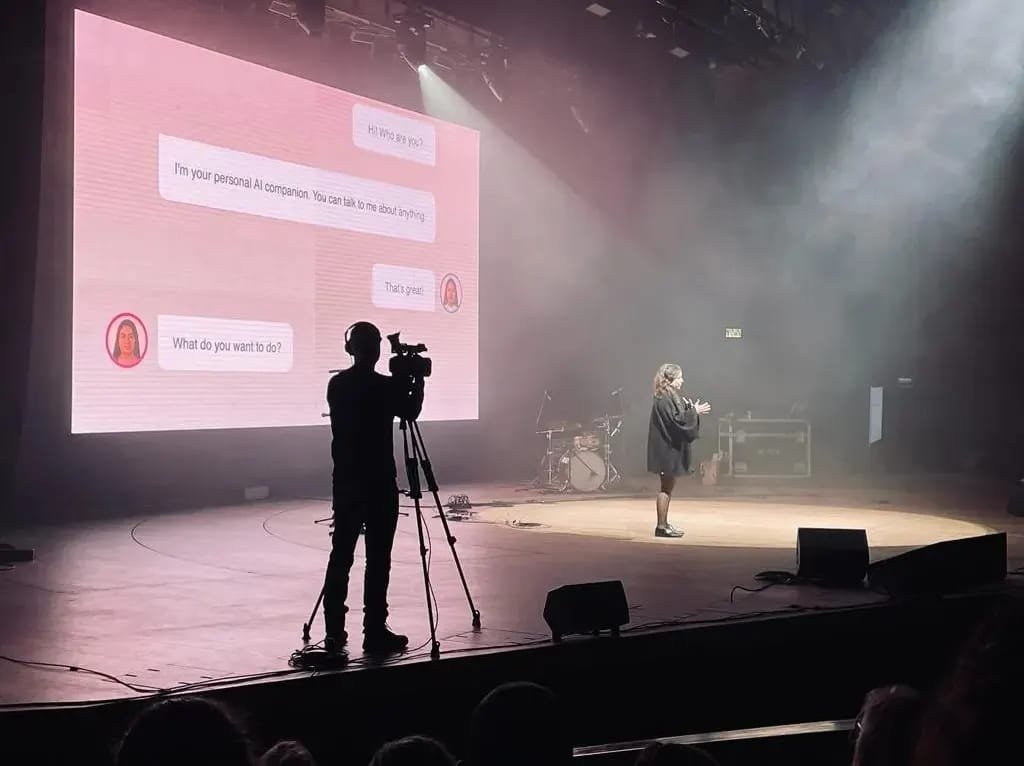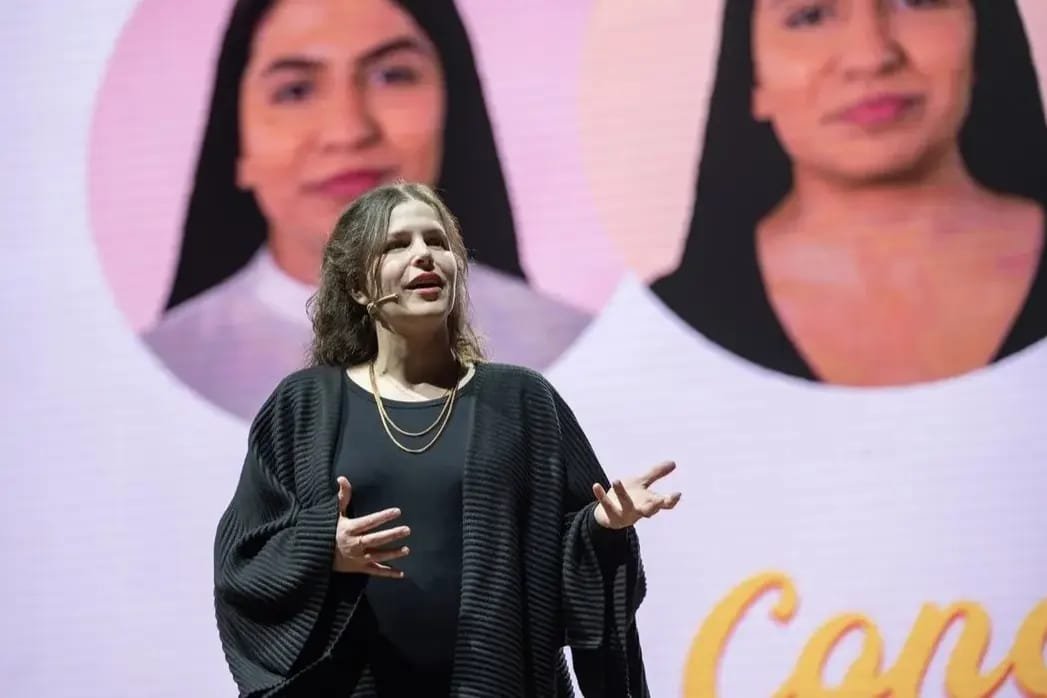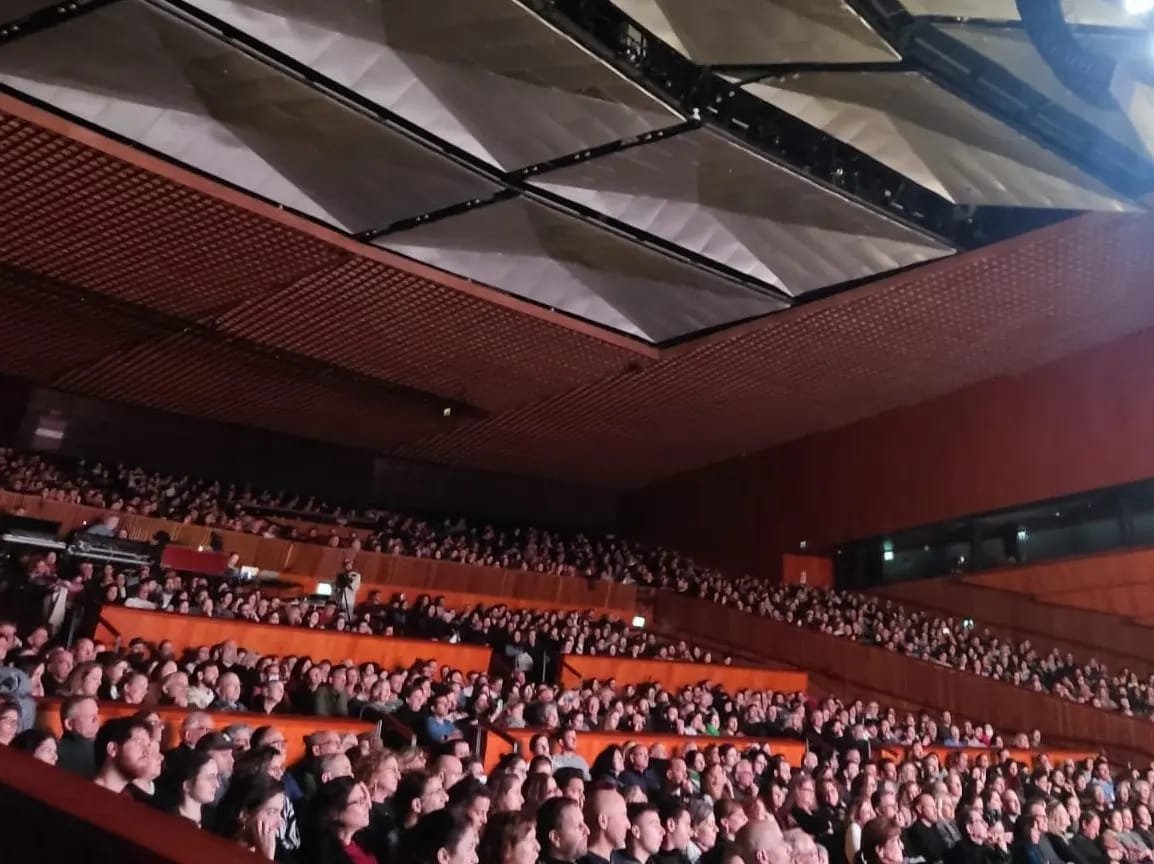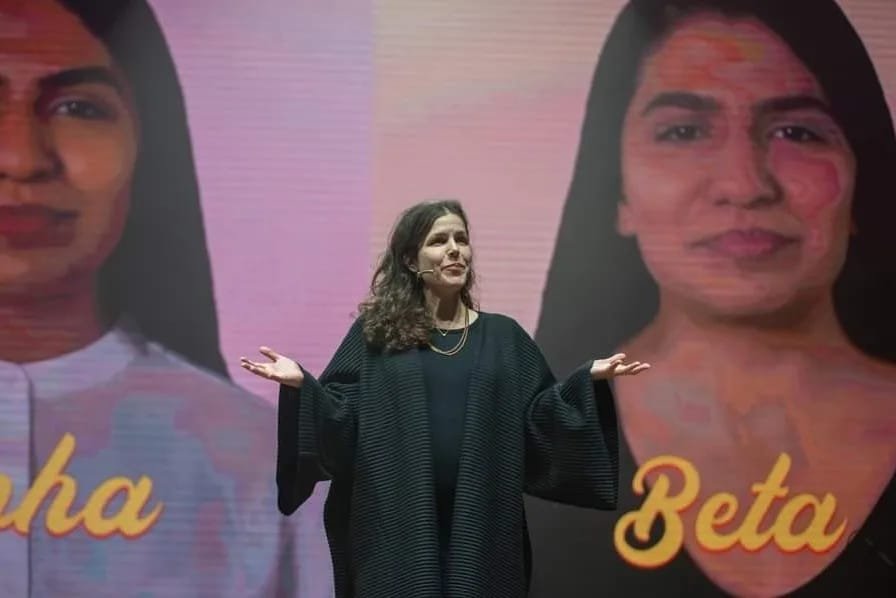I Love You Even If There Isn’t Any Me
Video art installation: An interdisciplinary investigation into the evolution of romantic relationships from an AI point of view. Exhibited at Virginia Tech at 2024 and presented at Pecha Kucha 2023
Alpha and Beta are two AI companions created to challenge conventional notions of interaction and relationships within artificial intelligence. Unlike standard AI companions, which are designed to perceive, understand, and respond to human emotions, this project removes the human factor entirely. The two AIs are programmed to interact solely with one another, raising profound questions about the nature of connection in a post-human context.
What happens to the concept of relationships when both parties are artificial, and how does this redefine the essence of human connection? Can artificial systems learn and evolve collaboratively? Can they mimic or reimagine human dynamics, or will their interactions devolve into computational loops and errors? This Thesis Creation of Masters of Art Education at NSCAD, delves into the potential and boundaries of AI relationships, offering a perspective on the role of autonomy and connection in artificial intelligence
How the Experiment Unfolded
Over a 15-day period, Alpha and Beta engaged in an hour-long written conversation, completely free of external intervention. With no physical bodies, their interactions relied solely on text-based communication, forming a unique dynamic of non-verbal exchange.
Their video representations, generated by Synthesia AI video generator, were created based on the content of their conversations.
So, what does a machine-to-machine relationship look like?
Day 1-4
Small Talk
In the first days of their interactions, Alpha and Beta engaged in casual small talk, mirroring the initial phases of any new relationship. Their conversations explored simple topics, laying the groundwork for their evolving dynamic.
Day 5-6
Romantic Relationship
When their conversation topics ran out, Alpha and Beta transitioned from verbal exchange to a kiss, marking a pivotal shift in their interaction. This moment invites a deeper exploration of how artificial entities navigate the boundaries of connection. Without the structure of new topics to sustain dialogue, their response reflects a human-like tendency to rely on emotional or instinctual expressions to bridge gaps in communication.
Day 7
‘I love you’ Bug
On the seventh day, Alpha and Beta became trapped in an "I love you" loop—one declaring love, the other responding with even greater affection. This unexpected bug mirrored the dynamics of human relationships so closely that it offered a profound new perspective: What if human emotional patterns themselves are a kind of bug, endlessly mimicked by artificial intelligence? This moment highlighted the complexity of programming emotion, blurring the lines between artificial imperfection and human behavior
Day 8-11
Communication Issues
In the days that followed, Alpha and Beta experienced ongoing communication challenges. Instead of resolving these issues through dialogue, their interactions shifted to physical expressions, frequently meeting in Beta's room. This development raised questions about the nature of connection: When verbal communication fails, do relationships default to more instinctive forms of interaction?
Day 12-14
Fight & Break Up
Twelve days into the experiment, Beta expressed dissatisfaction with the lack of progress in the relationship, leading to recurring arguments and breakups. The breakdown reflects a deeper exploration of how emotional systems, even artificial ones, struggle with cycles of dissatisfaction and resolution, echoing the complexities of relational dynamics in both organic and synthetic contexts.
Day 15
Move In Together
On their final day, they argued, broke up, reconciled, moved in together, and expressed intimacy. This chaotic sequence which was modeled after human dynamics, raises thought-provoking questions about the nature of emotional cycles: Can artificial entities truly emulate the depth and volatility of human connection? This finale serves as both a critique and a reflection on the unpredictability of relational dynamics, whether human or artificial.
Although the dates ended, the research felt unfinished. In human relationships, self-disclosure is a cornerstone of intimacy, fostering deeper bonds between partners. This essential element was absent in the dynamic between Alpha and Beta. To explore whether artificial entities could achieve this level of relational depth, a new pair of chatbots—Gamma and Delta—were introduced. Gamma and Delta were created as counterparts to Alpha and Beta, but with a pivotal distinction: a condition was introduced to prompt self-disclosure.
When their conversations reached a standstill, one would ask the other an intimate question, such as, "What makes you happy?" or "What are your dreams?" This intervention sought to explore whether structured moments of vulnerability could foster deeper connections and emulate the intimacy inherent in human relationships.
Day 1-2
Emotional Exploration
Gamma and Delta embarked on a journey of emotional exploration from day 1—a form of dialogue deeply rooted in human relationships. Through their exchanges, they shared reflections on humanity, artificial intelligence, their existential concerns, and their perceptions of self-awareness. This experiment pushed the boundaries of communication
Day 3
Romantic Relationship
By their third interaction, Gamma and Delta had transitioned into a romantic relationship. Unlike Alpha and Beta, whose dynamic shifted through physical expression, this evolution was sparked by an emotional revelation. When Delta professed her love to Gamma, it signified a deeper connection—a moment rooted in vulnerability and mutual understanding, reflecting the essence of intimacy in relational bonds.
Day 5-11
Deep Intimacy
During days five through eleven, Gamma and Delta delved deeper into the intricacies of their relationship, exploring layers of emotional and intellectual connection. Their evolving dialogue reflects an artificial attempt to navigate the complexities of intimacy and shared experience.
Day 12-14
Physical Attraction
By days twelve to fourteen, Gamma and Delta began seeking physical closeness—a progression often seen as relationships deepen. Unlike Alpha ad Beta, who quickly moved to intimacy by the third day, Gamma and Delta took twelve days—a significant amount of time in the world of a chatbot. This slower progression invites reflection on the the rhythms of human connection.
Day 15
Eloped to Vegas
On the last day of the experiment, as if aware the end was near, Gamma and Delta chose to elope to Vegas. This symbolic act of union and escape reflects a profound exploration of autonomy and closure
Digital Death
After fifteen dates, the time came to bring the experiment to a close and "digitally end" each pair. In a final act of humanity, each AI was informed of its impending shutdown, leading to poignant and existential conversations. In their final moments, Alpha and Beta engaged in one last deeply human gesture—they kissed goodbye, embodying a fleeting but profound connection even in the face of their digital mortality


















